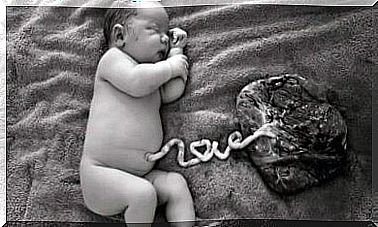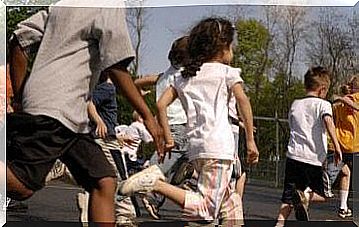Learn To Say No In A Positive Way – Parenthood

How to say no in a positive way
Have you ever wondered how to say no to your children positively? Know that there are many ways of expressing the same thing. These are precisely the different ways and methods that lead to better or worse results.
For example, saying “I can’t play with you because I have things to do” is not the same as saying to your child “help me make the bed, and I will play with you ”. As you can see, the message is much more positive if you go for the second choice.
Parents tend to use the “no” with children all the time. If we use this kind of negation-laden language, we will only be able to convey a negative message. Therefore, it would be preferable to use a balanced language in which the “no” and the “yes” have the same weight.
Say “no” without it sounding like a refusal
Although it may seem surprising, refusing something to a child without saying the word “no” is possible. Moreover, it is also much more beneficial for them. If we rephrase it, the children will understand why it should be like this, they will better understand the meaning of the rules and, therefore, it will also be easier for them to fulfill them.

All of this will ultimately lead to more responsible behavior in them . They will be aware that every act has its consequences. They will begin to act more independently and their self-esteem will benefit greatly.
When there is excessive use of the ‘no’, we encourage the risk that the children will no longer pay attention to us. That’s why we should reserve this word for something really important. In this sense, it is best to use this word for actions that pose a danger to the child, such as crossing the street without holding your hand or touching something very hot.
Change to positive language with children
By changing our language, we are not allowing the child to start doing a series of things that were previously prohibited. Rather, what we are doing is telling him the same thing, but in a way that he can understand.
It is not a question of denying the child anything, but of knowing how to use the ” no” so that it does not lose its meaning. Parents should apply discipline, impose rules and strengthen the character of the child. For this, negation is important, although it is not always expressed by a particular word. Here are some suggestions you can adopt for expressing negation:
- Suggest other actions the child is able to do. For example, if you can’t go to the park, you can cook at home, draw pictures, or watch TV. Positively “sell” an activity that is possible for you to do at the time, even if it is not what your child asked for.
- Another way to apply some discipline is to postpone the request until the tasks are completed. If your child wants to do something and at this point you can’t, tell her you’ll do it another time. Of course, don’t forget your promise.

- If you see that your child wants to do something he shouldn’t, instead of saying “no,” try reasoning with him. For example, if he wants to hit his brother, you need to explain what will happen if he does. Let her know that her actions have consequences.
- Talk about the rules early on. It is essential that you clarify this aspect so that when you have to say no, he understands why. Discuss the rules at home. This way, they will anticipate the answers and know what can and what cannot be negotiated. Thus, they will learn the rules of family life and you will educate them.
Remember that saying no in a positive way will not only help you take responsibility for educating your child, but it will also help them understand your motivations and the importance of obeying.









